5 Reasons To Shoot On Film Today

With the ever-speeding world of digital imaging, why should you go back to a century-old shooting film technology? Why should you put yourself through a lengthy process of shooting, developing and scanning when you can just snap away with your DSLR? We examine 5 reasons for you to start shooting film today:
1. Escape the Rat Race
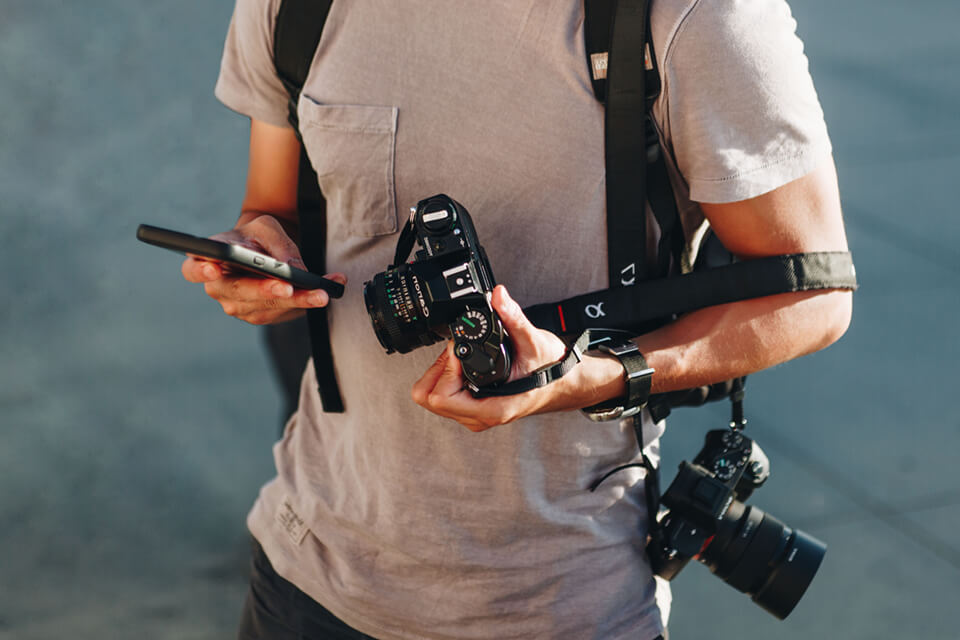
It’s all too easy to get caught up in equipment manufacturers’ promise of ever-increasing megapixel count, autofocus speed or frames per second. If only you got that new camera your pictures will so much better!
Most every photographer has found him or herself in this trap at one time or another. This is called “silver bullet chasing”, that one piece of gear that will make all the difference. This endless chase can be stressful, both for your creativity and for your bank account.
The analog photography world, on the other hand, is more peaceful. Even though new films, printing photo papers, chemicals, and equipment are still developed and released, the age of turbulent innovation in film photography is long gone.
With it, the marketing induced urge to always need to buy the latest and greatest is also gone. Granted, there’s a world of magnificent film gear out there for you to try out, but you can do it at your own pace. You don’t need to keep up with anyone.
Instead, channel your energy into the craft of photography itself. This is the main reason I still shoot film. Once you realize the camera is simply a lightproof box in which you subject a piece of film to a brief flash of light, you start looking past the technical to the pursuit of capturing the fleeting essence.
- View more film photography tips for beginners.
2. Think More, Shoot Less
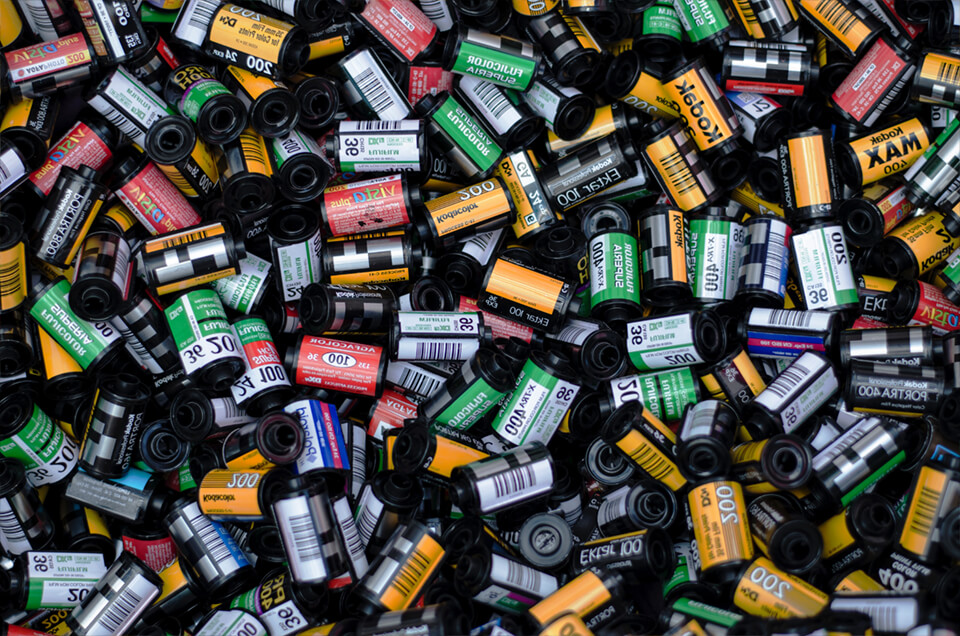
With a digital camera, it’s all too easy to shoot, peek, adjust and repeat endlessly. If you’ve started shooting with digital, it’s probably your main way of shooting. Analog photography is different. Analog photography encourages a more deliberate and thoughtful approach to each shot, as you have a limited number of exposures per roll. This fosters a deeper connection with the subject and a greater focus on capturing the perfect moment in a single frame, enhancing the overall quality of your photographs.
Shooting film eliminates instant feedback. If shooting 35mm or medium format, you need to finish up the roll, develop it (or have it developed) and then scan or print it to see what you’ve got. On top of this, film is pricy, as is developing and scanning, especially if you’re not doing it yourself.
While this may seem inconvenient at first, you’ll quickly find out it’s a blessing in disguise. Once you overcome the “spray and pray” habit (if you had the misfortune of picking it up), you’ll notice that editing in your mind, before pressing the shutter button is a wonderful thing. If you cannot see the image in the viewfinder hanging on your wall, do not press the shutter button. Simple as that!
With practice, you will find yourself thinking not only of the shot but the development and printing to follow it. You will imagine how the negative will look projected on the printing easel in the red safelight glow.
You’ll start thinking about how colors get translated into black and white, or how to meter a particular scene for a projection slide. Film photography is all about interacting with the scene and camera in the process of shooting, rather than in the editing software.
- View the best film scanners.
3. Get Your Geek On
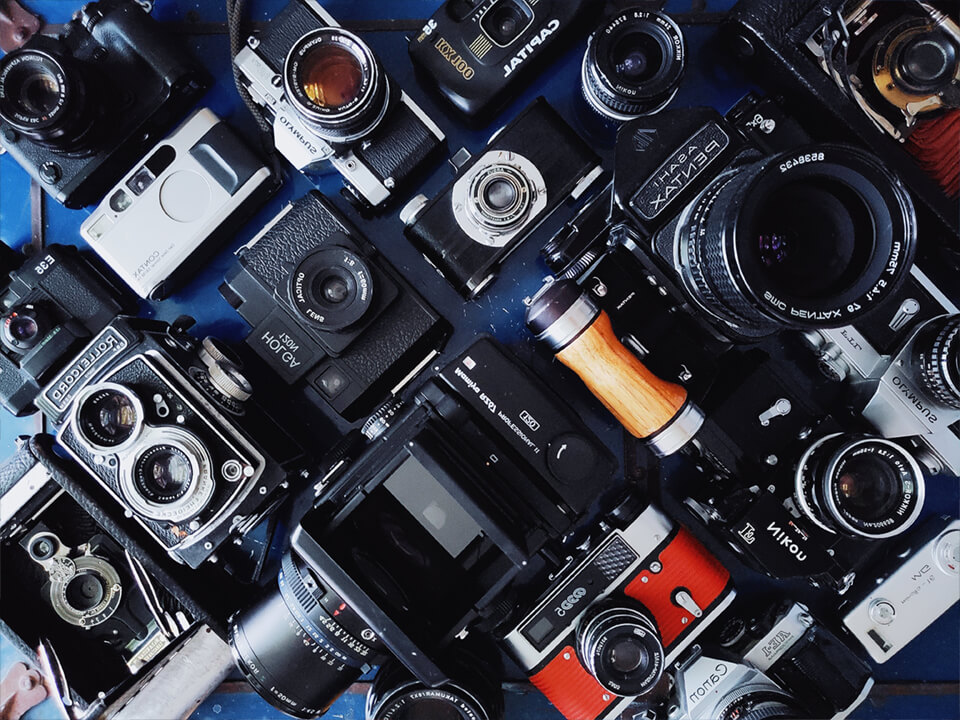
If you are like me, half of the fun of photography comes from using cool, sophisticated precision tools. I still remember staring in awe at the intricate dance of the mirror and shutter in my first SLR. Or the new perspective my second lens gave me.
Not to be confused with “silver bullet chasing”, a new camera or a piece of gear is always exciting and can inspire creativity. But keeping up with the blistering pace of digital equipment can quickly bust your budget. So how do you stretch those dollars? Go analog!
Shooting film gives you access to a whole new world of quirky equipment to try out. From 1800s brass lenses, through the iconic Kodak brownies, all the way up to beastly 10fps SLRs, film equipment is as diverse as it gets.
It does help that plenty of film equipment goes for pennies on the dollar, or oftentimes completely free. Combine that with the joys of scouting flea markets and second-hand shops for that rare find, and you’ve got yourself an addiction. Its no wonder gear-heads even have a name for it – Gear Acquisition Syndrome (GAS).
- Check out the best film cameras.
4. Get Unsurpassed Detail
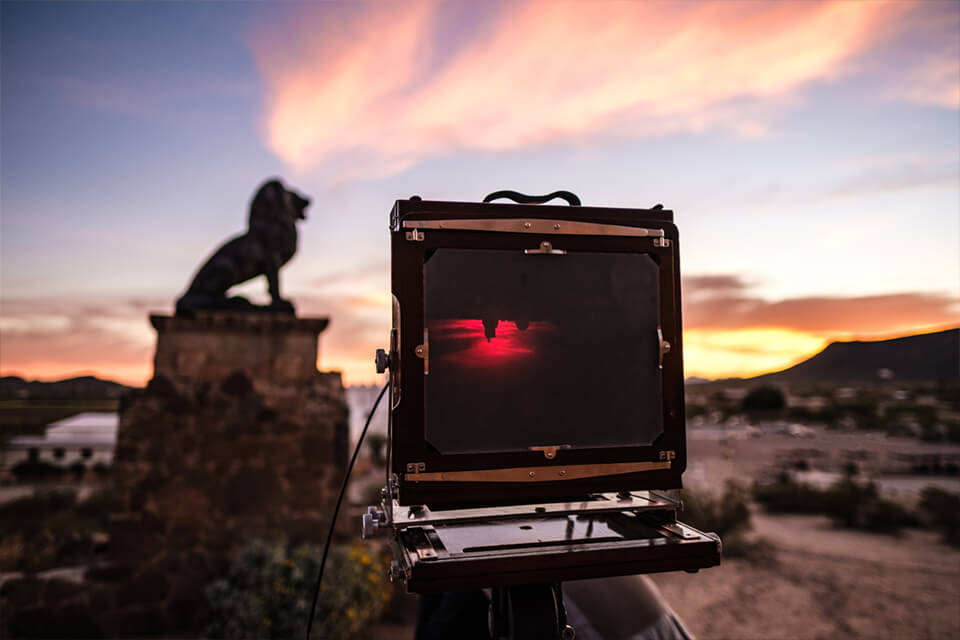
If you are after unprecedented detail, look no further than your grandpa’s view camera from the 1960s. Well, it’s a bit more complicated than that, but the fact is that large format film is still the best way to capture an image in extreme detail.
Modern films like Ilford Delta 100 and Kodak Ektar 100 have extremely fine grain and allow huge magnifications. Combined with the large surface area of large formats, this results in an unbeatable combination.
For example, 4x5 sheet film has an image area of around 3.75” x 4.75” or roughly 18 square inches. A typical scanning resolution of 3200 dpi (dots per inch) results in around 10 megapixels per square inch or roughly 180 megapixels per 4x5 shot.
The second most popular sheet film format, 10x8” has 4 times the surface area, so a scan can get you north of 600 megapixels. No form of digital capture gets even close to these numbers.
Currently, resolutions of 100+ megapixels are the sole domain of $10K+ medium format cameras. Many cameras offer large resolutions with stitching or sensor-shift technologies, but they require completely static subjects, severely limiting their usability.
The highest resolution digital camera is the PhaseOne XF IQ4 capturing 150 megapixels in a single shot. This performance comes with a price tag to match – over $50,000. If you can live with the quirks of film, you can get more resolution for a fraction of the price.
5. Shoot for History
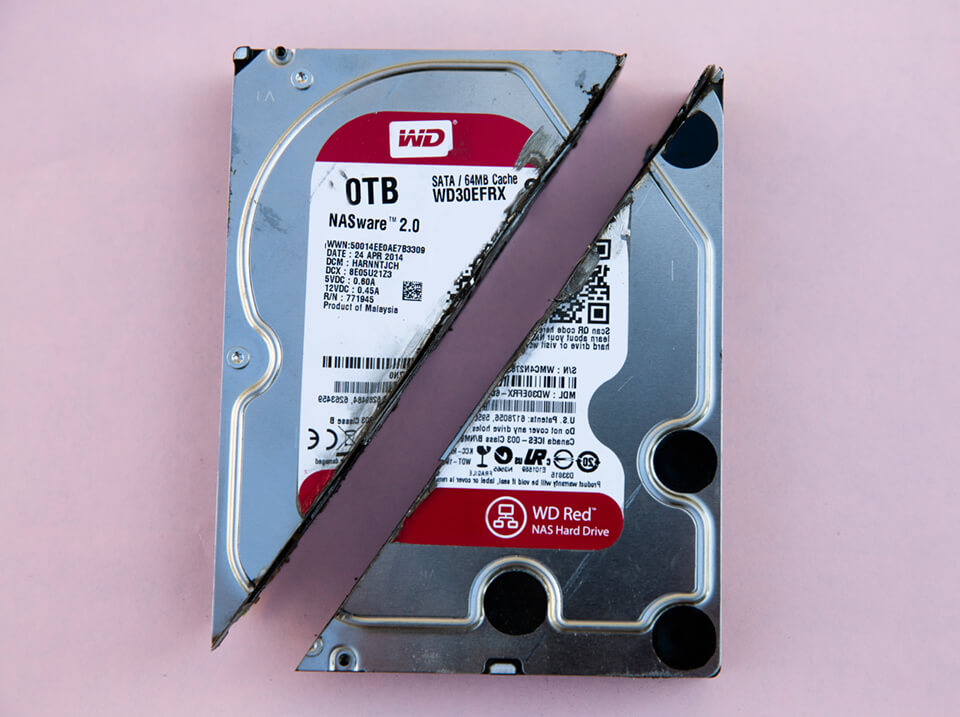
Shooting a digital camera, all you produce is a bunch of 1s and 0s on a chip. Granted, we’ve become pretty good at preserving those 1s and 0s over the last few decades.
Nevertheless, the inherently over-writeable nature of digital storage means that you always stand a risk of losing your data. There are many ways to ensure this does not happen, mostly in the form of various types of backups, but active care has to be taken.
Beyond losing the data, there’s also the question of software compatibility down the road. With the speed of digital technology development today and with new file formats released every year, what’s going to happen with your proprietary RAW files 15 years from now.
Are they going to go the way of the floppy drive? Will you have to keep an old computer in the closet just to access your archive? Or will you have to look for the best slide to digital converter to convert a huge back catalog repeatedly? In the end, digital storage is still relatively new, and we simply do not know how our storage medium will fare in the long run.
Properly processed film, on the other hand, is extremely stable and technology agnostic. Store it in a cool, dark, dry place and it will outlive every single piece of technology you own and perhaps yourself, too.
Even if you lose your scans, or the formats become obsolete, you will always be able to scan the negatives. If scanners are no longer produced, all you will need is a light table, a camera, and a macro lens. Try getting into a corrupted hard drive with those!
BIO
Ivelin Metodiev is a photographer, filmmaker and educator. Partial to large format film photography and alternative processes, he can be found wandering the beach with a wooden tripod on his shoulder. Read more of his work on Lens Notes.



